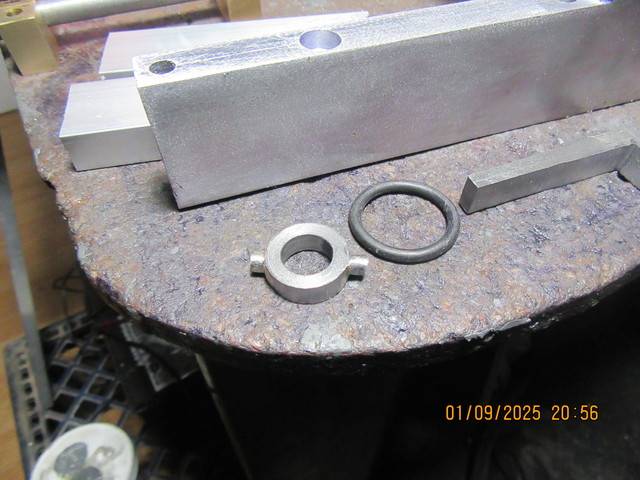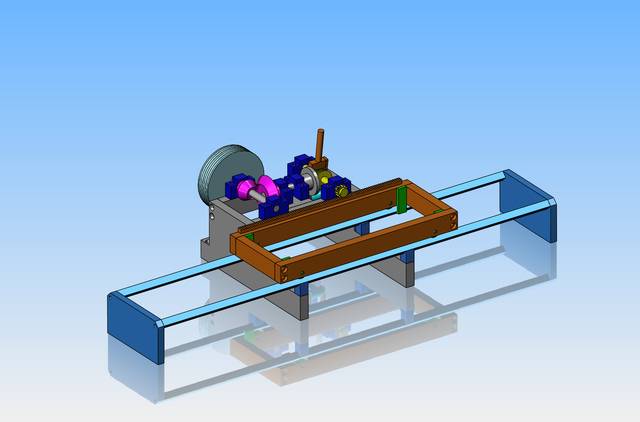There is still something I'm not understanding here. When I go to paste a .jpg of a photograph, I click "insert image" then I click "by url" and then click the picture I want inserted.--The picture shows up, but then when I save my post the picture reverts to a link that gets posted, not the picture I wanted.---HELP
Last edited:







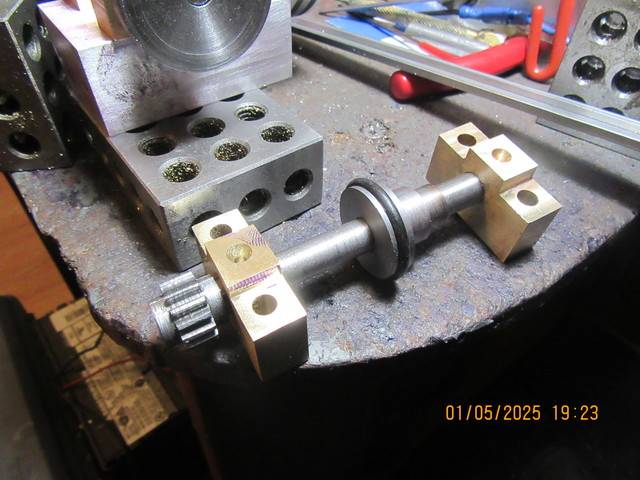











![MeshMagic 3D Free 3D Modeling Software [Download]](https://m.media-amazon.com/images/I/B1U+p8ewjGS._SL500_.png)








![DreamPlan Home Design and Landscaping Software Free for Windows [PC Download]](https://m.media-amazon.com/images/I/51kvZH2dVLL._SL500_.jpg)



































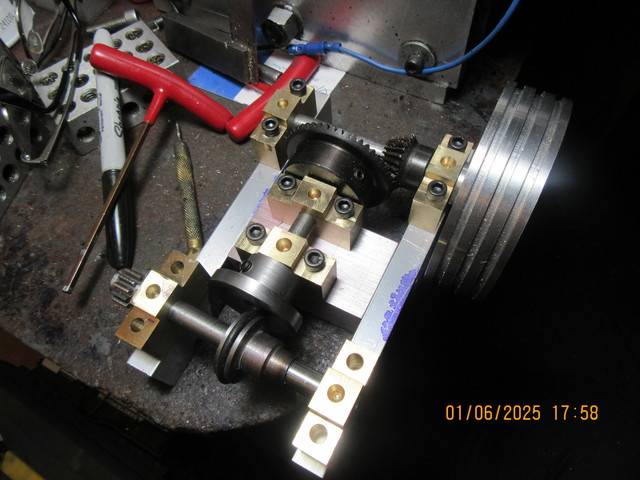
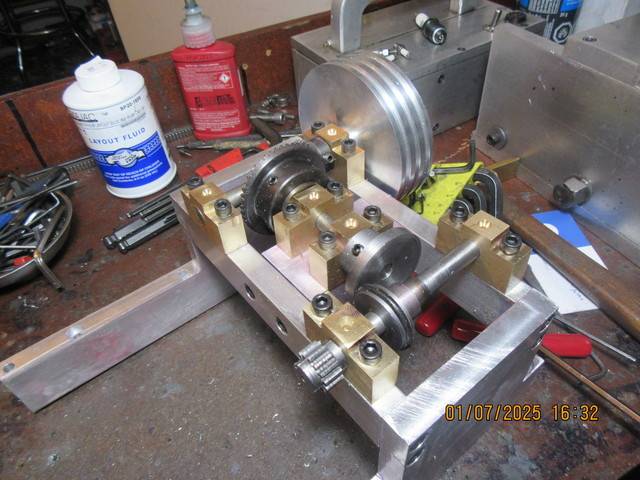
![gPfutG[1].jpg gPfutG[1].jpg](https://cdn.imagearchive.com/homemodelenginemachinist/data/attach/117/117253-gPfutG-1-.jpg)






